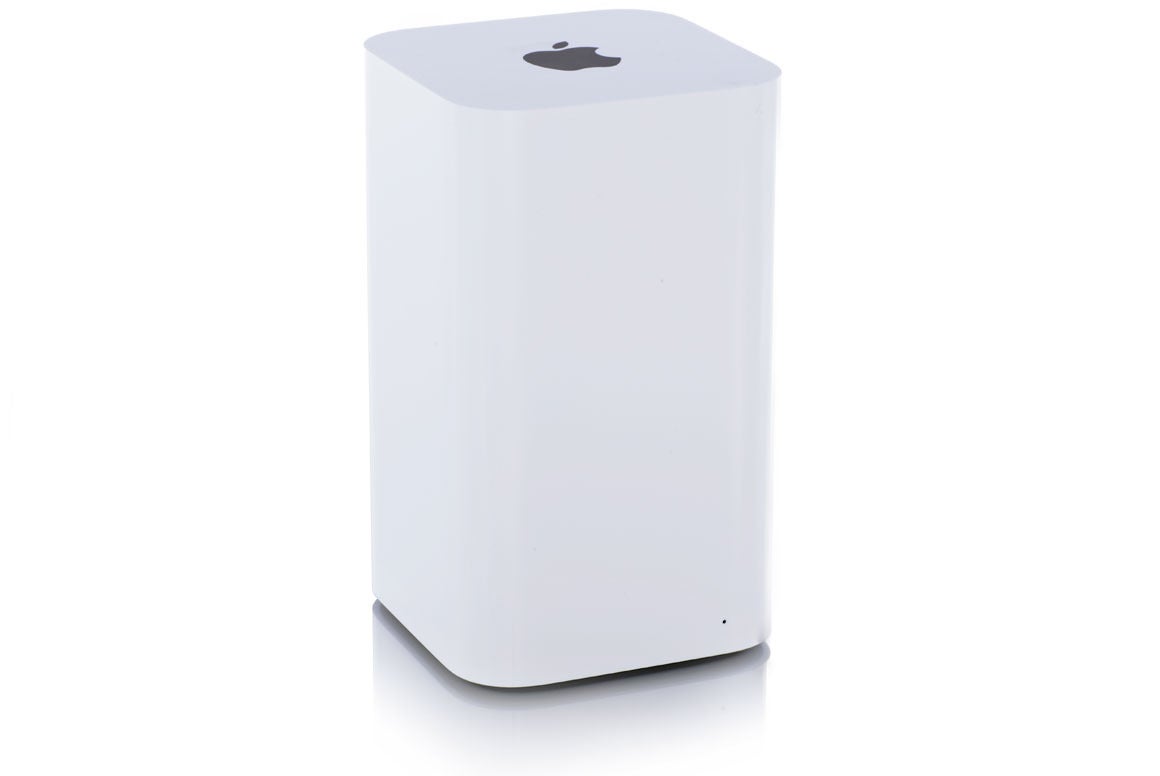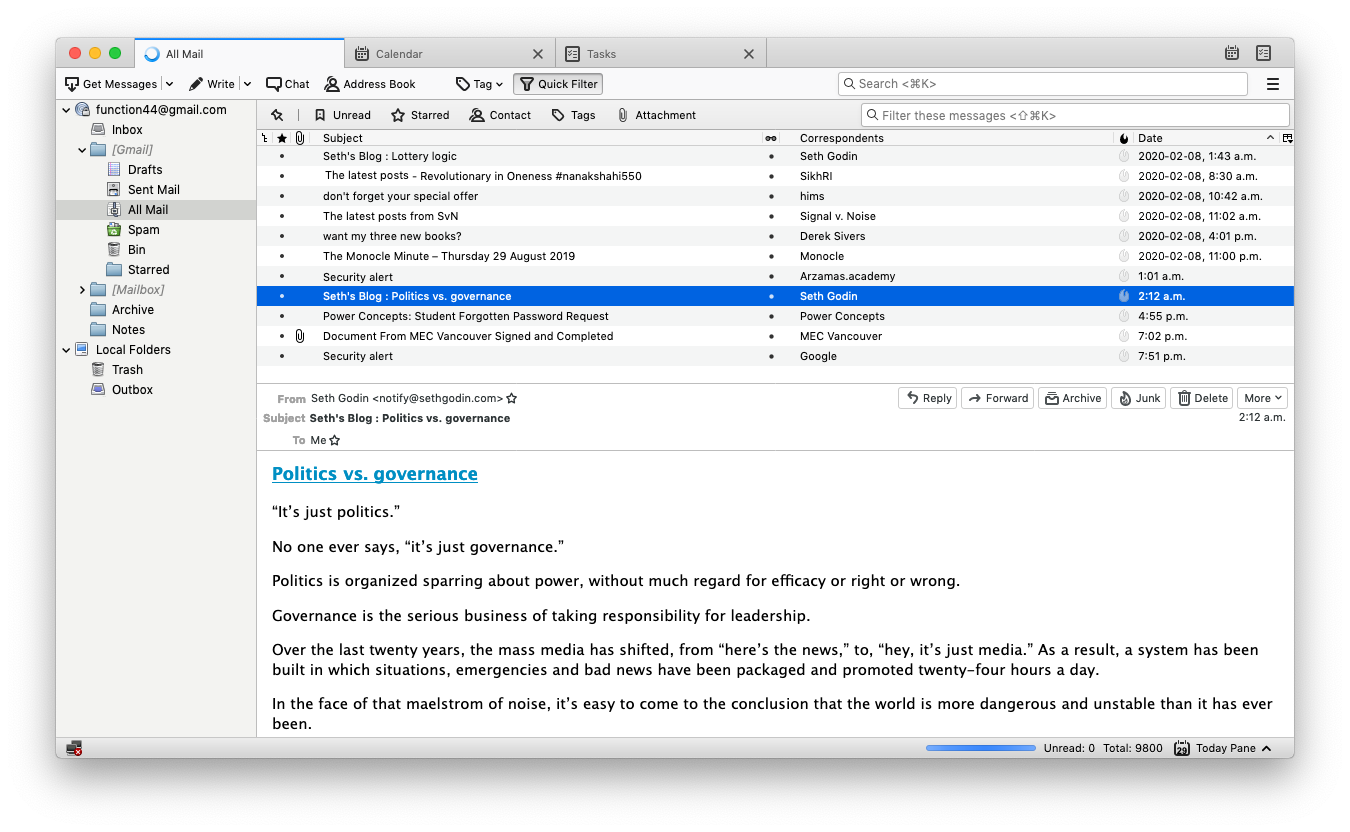Microsoft Exchange is one of the most frequently used email and calendar software. Hence it becomes important to be able to configure and control the Exchange settings on the fly.
May 27, 2020 Canary Mail looks very much like an integrated Mac Mail app. But don’t let this make you think that Canary Mail isn’t worth your time. I like how Canary Mail keeps up with Apple’s OS and with every OS version, Canary Mail redesigns its email client for the best performance.
Scalefusion addresses this by providing you with an easy to use Exchange Settings section, where you can configure the Exchange policy for your organization and then push them to Scalefusion managed macOS devices. In this guide we will see how to create, configure and publish an Exchange ActiveSync settings from Scalefusion Dashboard.

Creating a Exchange Configuration
Mar 11, 2015 I only know of three currently-available Mac mail clients that support Exchange: 1. Mail (the mail client included with OS X) 2. Outlook for Mac (AKA Outlook v15, AKA Outlook 2016), currently available only to Office 365 subscriber. Outlook is an email manager introduced by Microsoft and is a part of the Office Suite tools.

The first step is to create an exchange configuration that can then be pushed to devices. Follow the steps below to create a exchange configuration,
- Navigate to Email Utilities> Exchange Settings. Click ADD NEW to launch the exchange configurator wizard.
- Under the Basic tab fill in the mandatory settings related to the exchange server. Here you can use the custom fields/properties that you might have defined for the devices. Click NEXT
- Under the Advanced settings select the content to sync and sync options. Click SAVE to save the configuration profile.
- Once a configuration is saved, it is available in the list of configurations. The following actions are supported for a saved configuration,
- Edit: Allows you to edit the configuration.
- Publish: Allows you to publish the configuration directly to device profiles from this screen.
- UnPublish: Choose this option to remove the configuration from a Device Profile.
- Delete: Choose this option to remove the configuration from all Device Profiles and also delete it from Scalefusion Dashboard.
Publishing a Exchange Configuration to a Mac Device Profile
Now that we have created an Exchange ActiveSync configuration, let us look at the steps to publish it to a Device Profile.
- Navigate to Device Management > Device Profiles section.
- Launch the Device Profile Wizard, by clicking on CREATE NEW PROFILE or select a Mac Device Profile and Edit it from the action panel.
- Click on Exchange & Email section.
- Under Choose Exchange ActiveSync Configurations, select the newly created exchange configuration,
- Click SAVE on the top right corner to save the changes to the profile.
- Once the configuration is published, the Mail client on the macOS device is configured with the email settings.
Frequently Asked Questions
Question: What would happen if I move the Device from a Device Profile with an Exchange configuration to a Device Profile without exchange configuration?
Answer: This will cause the Exchange settings to be removed from the device.
How did we do?
Microsoft Exchange Client
Related Articles
Calendar User Guide
If your calendars are administered through Microsoft Exchange Server 2007 with Service Pack 1 or later (for example, through your workplace), you have a main Exchange calendar named Calendar in the Calendar app on your Mac.
You can add calendars to your Exchange calendar account, but you won’t be able to see updated invitations or attendee responses for events in those calendars. Also, events in the additional calendars won’t be visible to delegates (people who share your calendar account) and won’t appear when users check your availability. Full calendar features are available only in your main Exchange calendar.
Exchange Program Macquarie University

